Feb 27, 2022 | Native Hope
The Cherokee are one of the largest and most well-known Native American tribes in history. As a people, they’ve accomplished great things, been a formidable foe and even better ally, and have become one of the strongest voices in the Native American community.
Today, there are more than 300,000 tribal members, making it the largest tribe in the entire United States.
But who exactly are the Cherokee, and what impact have they left in the history books? Keep reading for a brief summary of the fierce and fascinating Cherokee tribe.
Cherokee Nation History and Conflict with the White Man
According to the Cherokee tradition, the Cherokee people have existed “since time immemorial.” The Cherokee tribe was originally located in the southeastern part of the continent, in what’s now Alabama, Georgia, Tennessee, and the Carolinas.
They first made contact with Europeans in 1540 during the explorations by Hernando DeSoto, beginning a long and complicated history with the white man. The Cherokee Nation became one of the largest and most powerful associations of tribes in the country and was a formidable force when it took up arms.
Like with many other tribal nations, conflict with settlers and the U.S. Army became frequent as the European settlers pushed farther and farther west. The inevitable expansion of “Manifest Destiny” and the rapidly growing settler population created territorial disputes and led to fierce hostilities between the Cherokee and the white man.
Once gold was discovered in the land occupied by the Cherokee, European settlers flocked by the thousands and the Cherokee got pushed again. In 1835, Cherokee leaders signed the Treaty of New Echota, agreeing to relocate the Cherokee Nation west to what’s now Oklahoma and Arkansas. Those who did not comply were forcibly removed during what became known as the Trail of Tears.
Even with all this conflict, the military might of the Cherokee Indians made them a powerful ally in times of war. When the Civil War broke out in 1861, both the Union and Confederacy sought partnerships with the Cherokee Nation. While most fought with the North, the Cherokee Nation was split and played a major role for both sides during the course of the war.
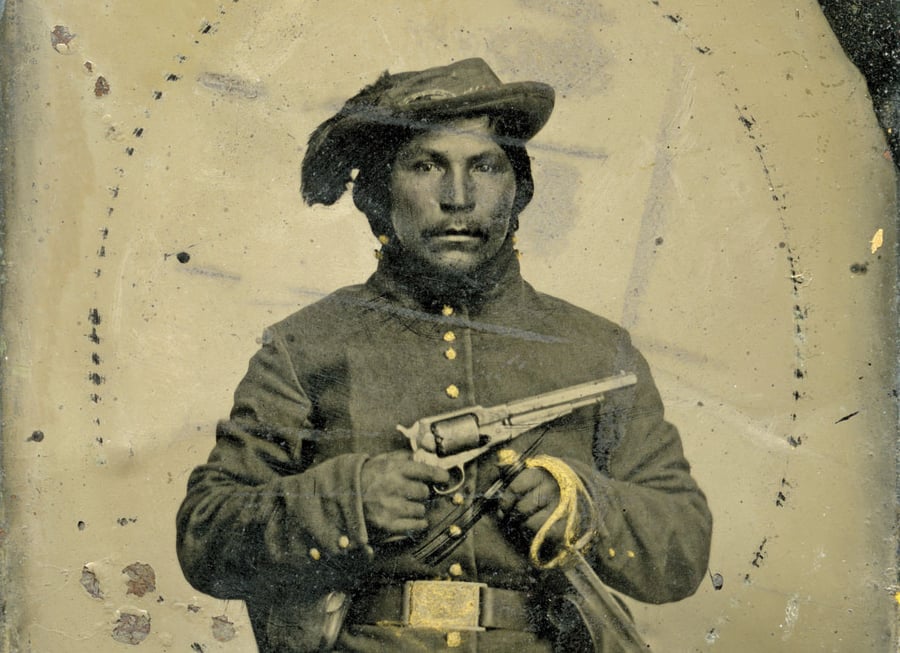 What was the Trail of Tears?
What was the Trail of Tears?
Like most other Native American tribes, the Cherokee experienced a long and oftentimes harrowing history of land loss and removal by the U.S. government.
Perhaps worst of all, however, was the Trail of Tears.
With settlers expanding further westward and Southern plantation owners wanting to grow cotton on the Cherokee land, the U.S. government forced the Cherokee and many other tribes to leave their homes and walk hundreds of miles to a new territory across the Mississippi River.
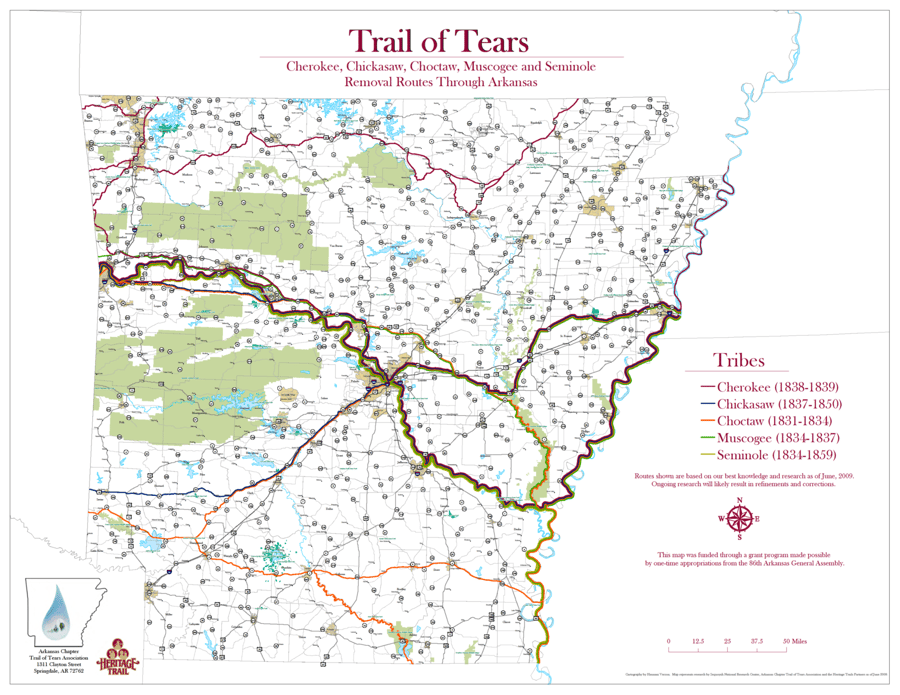 As many as 100,000 Indians began the journey, but up to 25% of them died along the way. Designed by President Andrew Jackson and enforced by the U.S. Army, this journey became known as The Trail of Tears.
As many as 100,000 Indians began the journey, but up to 25% of them died along the way. Designed by President Andrew Jackson and enforced by the U.S. Army, this journey became known as The Trail of Tears.
“Whooping cough, typhus, dysentery, cholera and starvation were epidemic along the way,” and Suzan Shown Harjo of the Smithsonian's National Museum of the American Indian has described it as a genocide.
The Language and Culture of the Cherokee Tribe
The Cherokee culture, which celebrates language, spirituality, food, storytelling, and art, has been passed down from generation to generation. According to the Smithsonian, Cherokee culture is based on “seeking balance in the world and embracing harmony. Being in balance means being responsible for one's actions and remembering the good of the whole—the family, the tribe, and the earth.”
To maintain that balance, the Cherokee people look to the guidance of the spirits in the Upper World, which is why the Cherokee Indian culture and spirituality are deeply intertwined. They believe that they could preserve harmony on Earth by participating in daily prayers, rituals, and seasonal ceremonies.
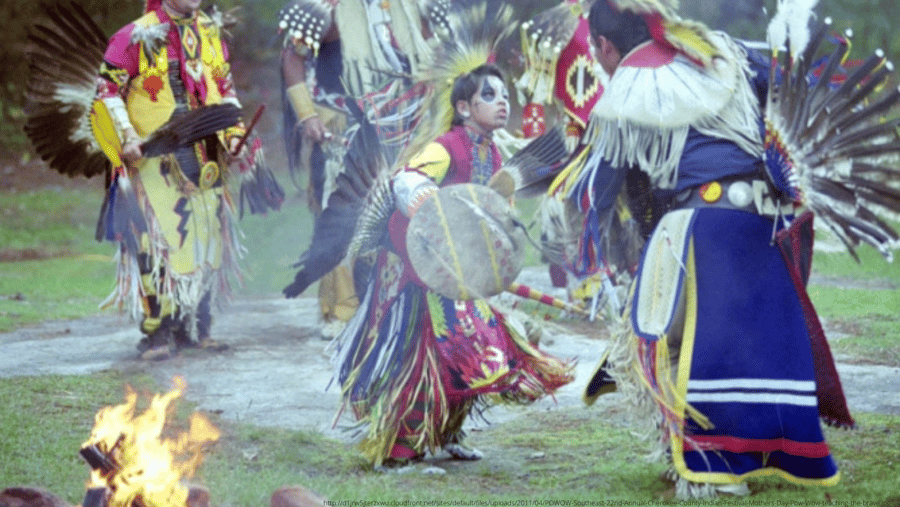
The Cherokee language is a southern dialect of the Iroquois language. The Cherokee Indian language is unique, however, and hard to learn and even harder to translate, which has led to many misunderstandings over the years. Today, less than 10% of Cherokee tribal members still speak the language.
Many theories, though all unproven, abound about the origin of the name "Cherokee,” but the leading belief is that their name is derived from a Creek word meaning “people of different speech.” The Cherokee referred to themselves as Aniyvwiyaʔi, which translates as “Principal People.”
Cherokee Indian Food and Diet
Like most other Native Americans, the diet of the Cherokee tribe commonly consisted of foods that were either gathered, grown, or hunted. The Cherokee relied heavily on what they referred to as “The Three Sisters:” corn, beans, and squash. As a strong farming culture, the Cherokee grew these in abundance as well as
The Cherokee were also avid hunters, bringing in deer, bears, birds, fish, squirrels, groundhogs, and rabbits.
As the Cherokee people assimilated more and more with European settlers, they began to learn new methods of farming and agriculture. Learning how to use a rifle became part of their hunting tradition, and they began to include new foods into their diets.
The Cherokee used stone tools to cook and prepare their meals, including knives, axes, chisels, and pans. Their dwellings typically included an open fire below a smoke hole in the roof, over which the women and children would cook their meals. The family bonds were strong within the Cherokee Nation and preparing meals together was a pivotal part of family life.
Tribes United: Forming the Cherokee Nation
 In the early 20th century, Cherokee who relocated to Oklahoma formed the Cherokee Nation. However, for half a century, the tribal government and organizational structure struggled to function and maintain itself. Great progress was made in the ‘70s, during which the Cherokee leadership made major strides and ratified a constitution in 1976. Because of that, they became formally recognized by the US government.
In the early 20th century, Cherokee who relocated to Oklahoma formed the Cherokee Nation. However, for half a century, the tribal government and organizational structure struggled to function and maintain itself. Great progress was made in the ‘70s, during which the Cherokee leadership made major strides and ratified a constitution in 1976. Because of that, they became formally recognized by the US government.
Today, the Cherokee Nation is working hard to provide services to its members, including building health clinics, undertaking major infrastructure projects, creating schools, and funding programs that help underprivileged tribe members. While the Cherokee Nation is the largest Cherokee tribe today, there are two other major tribes: Eastern Band of Cherokee Indians and United Keetoowah Band of Cherokee Indians.
The Cherokee People Today
Today, the Cherokee tribes are still largely concentrated in Oklahoma, with smaller pockets in North Carolina and the west coast, where some migrated during the Great Depression. To support themselves, many Cherokee live in large farming communities. Others live by military bases and other Cherokee Indian reservations.
Famous Cherokee Indians
- Stand Watie, Degataga (1806–1871), signer of the Treaty of New Echota, last Confederate General to cease hostilities in the American Civil War as commanding officer of the First Indian Brigade of the Army of Trans-Mississippi.
- Sequoyah (c. 1767–1843), inventor of the Cherokee syllabary
- Yvette Herrell (b. 1964), Member of the United States House of Representatives from New Mexico's 2nd Congressional District, first Cherokee woman elected to the House.
- Franklin Gritts, Cherokee artist who taught at Haskell Institute and served on the USS Franklin.
- Admiral Joseph J. Clark (1893–1971), United States Navy, highest-ranking Native American in the U.S. military, awarded the Navy Cross.
Want to learn more about Native American history?
Grab our guide, Reflecting on Our Foundations, to learn about:
- Different tribes and where they lived
- Native American values and spirituality
- How learning and culture were passed down through generations
- How colonization impacted and disrupted Native American life
- And much more!
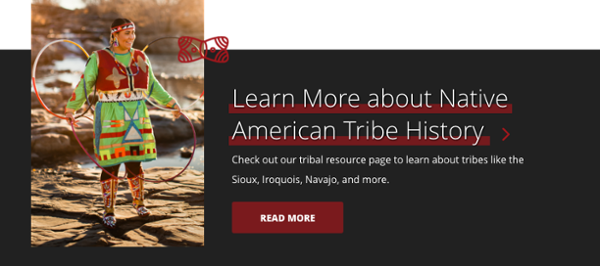

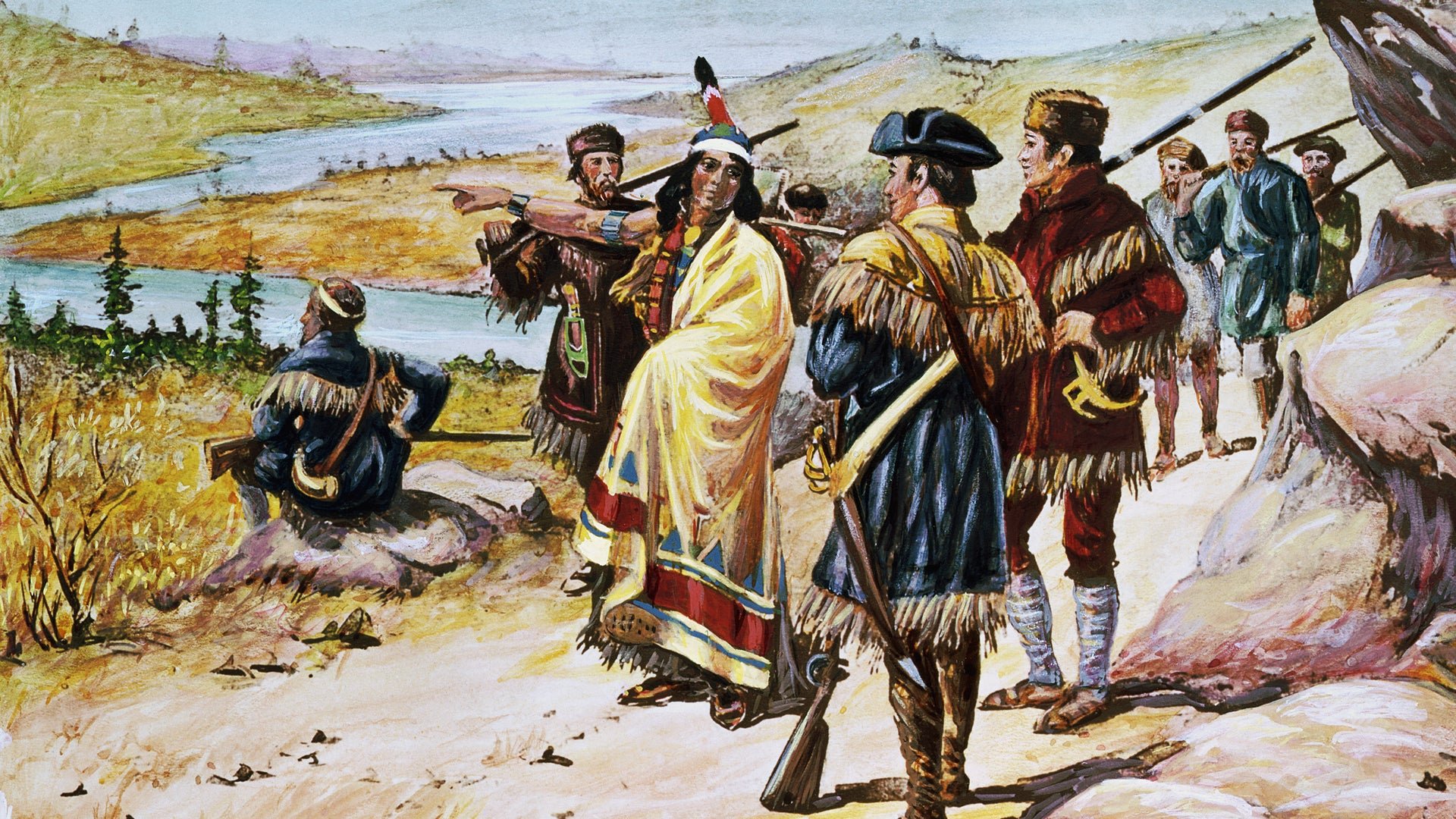
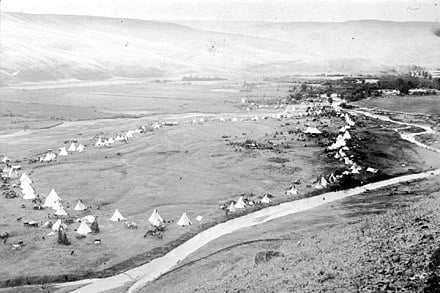

COMMENTS